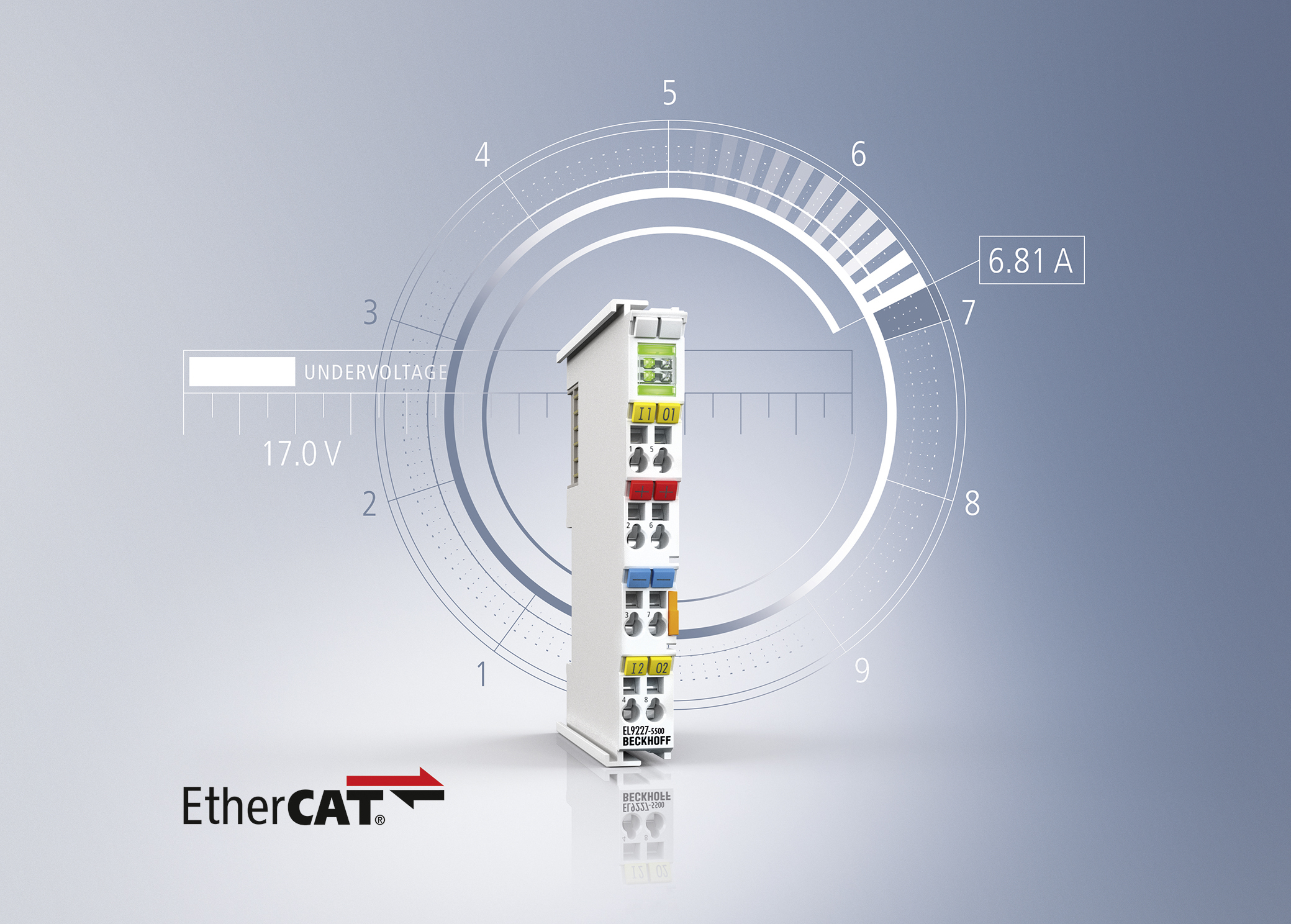Semiconductor machinery poses some of the biggest challenges in the entire field of motion control. Typical requirements in semiconductor machinery applications start with nanometer accuracy which is daunting for most forms of motion controls and actuators. Add to that, operation at 10 to the -9 torr hard vacuum, and you have some of the exotic machinery in the world.
Initially the vacuum rating doesn’t seem like it would be a major factor, after all, motors operate on the basis of magnetism, and magnetic circuits are fine in a vacuum. All true. Ironically, it’s all the other stuff that doesn’t work. The list is long.
Hard vacuum causes materials to outgas and and stray molecules of whatever, especially if it’s metallic, may create an unwanted current flow causing the device to fail. A large number of impurities can ruin an entire wafer whose cost may be $25,000, $50,000 and higher. So absolute chemical purity in vacuum operations is required, and the procedures and costs for achieving this high level of “clean room” performance are complex and expensive.
With standard electromagnetic motors, operation in a vacuum is a problem because the materials themselves are difficult to make clean enough to prevent outgassing of contaminants. The most obvious material problem being bearing grease, and since there are two bearings required in any rotary motor, this is an issue. Ceramic bearings with no lubrication can be used, but they are expensive.
The list goes on from there. Magnet wire coatings, lamination coatings, drip insulation on the windings, magnet bonders. All these materials would have to be tested for outgassing at vacuum. Since many semiconductor processes occur in the range of 300 degrees centigrade, far beyond the range of conventional insulation systems, alternative insulation materials would require testing at high temperature as well. More expensive.
The other problem with vacuum technology is that there is no place for heat to go. Heat in the motor has to be dissipated, regardless of what type of motor it is. The application load conditions would have to be rated on the basis of conducted thermal loss because there is no radiated thermal path available. More cost.
This is not to say that electromagnetic solutions cannot be implemented. They can, and there are companies that specialize in the construction of custom motors and actuators that are clean room rated specifically for the semiconductor industry. This makes sense based on the fact that semiconductor capital equipment is a $38 billion worldwide industry.
But, there are other options. Piezoelectric actuators from Nanomotion are made from high purity aluminum oxide ceramic are available off the shelf that can perform both linear and rotary motion with only 1 moving part. Piezoelectric actuators have an incredible power to weight ration of 4:1 and when there is no power applied to the moving element, it acts as a brake to hold the load in place. These are almost ideal characteristics for motion control applications. And because these motors are extremely efficient, thermal management is rarely an issue.
Piezo actuators are designed specifically to operate in hard vacuum and ultra high vacuum conditions reliably for years. And with Nanomotion’s 20+ year history in semiconductor applications, they make it look easy.
Filed Under: Mechatronic Tips



